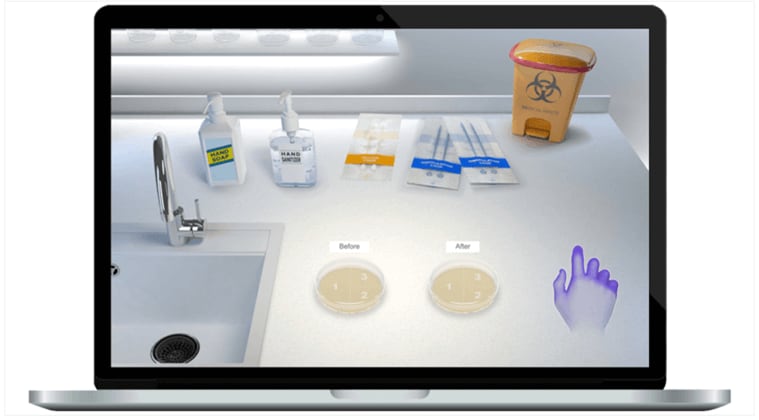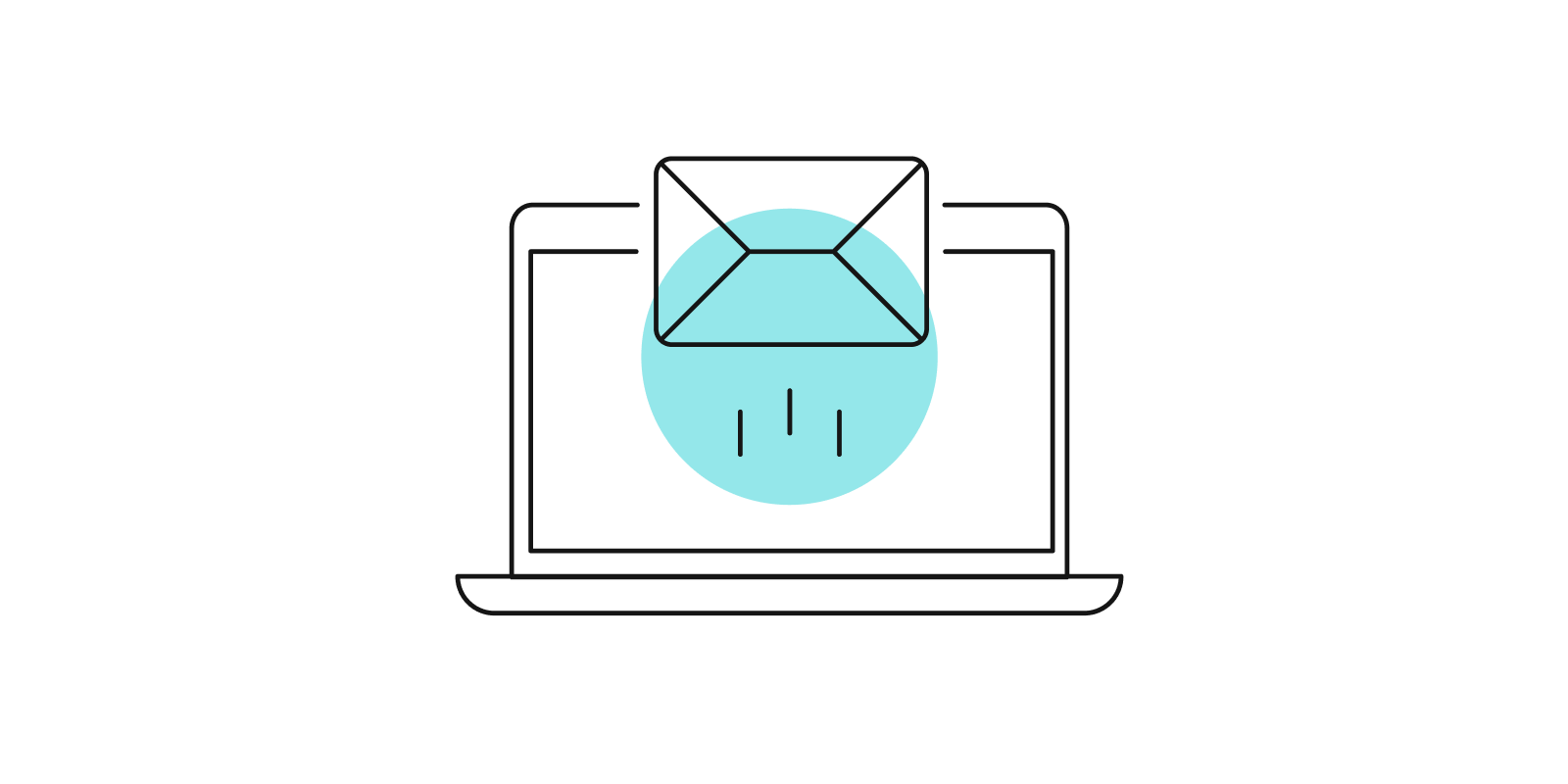
Using Mastering Microbiology to Empower Student Learning

Mastering Microbiology is the online Learning Management System that accompanies the textbook Microbiology: An Introduction. Mastering Microbiology is packed full of instructor friendly resources that aid in student learning and understanding. These resources give students 24/7 access to learning opportunities, allowing them to take ownership of their learning. The Mastering Microbiology resources range from providing students with important background knowledge, to adaptive study tools, to clinical based applications of Microbiology. The resources in Mastering Microbiology are pedagogically focused to provide clear explanations of complex concepts and to engage learners in the material by providing practical applications of microbiology concepts.
The Mastering Microbiology resources available for Microbiology: An Introduction include:
In The Clinic Videos: These videos bring to life the scenarios of the “In the Clinic” features that open every chapter. The videos introduce a microbial disease and ask questions linking microbiology concepts to disease pathology. This helps students transfer their knowledge of microbiology to clinically relevant settings.
Pedagogy – The “In the Clinic” Videos are designed to take concepts found in the disease chapters towards the end of the book and move them forward in the class, introducing disease pathology in concert with the microbiology that explains the how and why behind the pathology. This connection between microbiology and disease pathology occurs in a clinical setting highlighting how microbiology understanding can be transferred to patient care. These real-world examples engage learners and help students develop critical thinking skills.
How to Assign – These assignments can be assigned after class to allow students to apply the new information they have learned. These assignments can also be used in class to provide active learning and/or peer to peer learning in class. An instructor can show the first part of the video and ask students to hypothesize answers to the questions. This will provide a scaffold for student learning while the instructor lectures over the content. Later on, the class can come back to the videos to see content application and spark classroom discussion. In an online setting, instructors can assign these after chapter reading assignments to apply and assess knowledge students have gained.
MicroBoosters: MicroBoosters are a suite of brief video tutorials that cover key background concepts students may need to review or relearn prior to diving into more complex microbiology content.
Pedagogy – Complex microbiology concepts often build from prior knowledge based in biology and chemistry. In a one semester Microbiology class, instructors are pressed for time to cover all of the microbiology concepts in detail, and they may not have time to cover all the background material as well. The MicroBooster video tutorials allow students to learn and review key background knowledge, ensuring they come to class prepared.
How to Assign – MicroBoosters can be assigned before class to give students the background knowledge they need for lecture topics. Assigning Microboosters before class allows the instructor to review student grades prior to class to determine if students know the needed background information for the lecture. In an online setting, Microboosters can be used either as a warmup before chapter content is assigned, or at the start of the class in a background introduction module.
Interactive Microbiology: Interactive Microbiology is a dynamic suite of interactive tutorials and animations that teach key microbiology concepts. Students actively engage with each topic and learn by manipulating variables, predicting outcomes, and answering assessment questions.
Pedagogy – Interactive Microbiology takes a scaffolding approach to presenting complex materials. This concept allows different microbiology concepts to build on one another, helping students to understand the answers to questions and mimic the type of thought process that would occur clinically. Each module starts with a case study to provide students with a real-world hook that increases interest and engagement. The activities use state-of-the-art animations to bring cell biology concepts to life and ask questions that allow students to own their learning and connect microbiology concepts to clinical applications. Interactive Microbiology helps to bridge the core concepts of microbiology like morphology, genetics, and metabolism, with the more advanced concepts of microbiology like pathology, immunology, and pharmacology in a realistic manner that makes the learning genuine.
How to Assign – Interactive Microbiology assignments can be assigned as post-lecture material, reinforcing and providing application for lecture content. These assignments can also be used to introduce upcoming lecture concepts, helping students connect basic knowledge with more advanced concepts.
Micro Lab Explorations: Micro Lab Explorations are branching style lab activities that use a Choose Your Own Adventure™ approach to teach lab techniques and concepts. These decision-tree style lab exercises present a clinically based scenario that walks students through the process of using microbiology lab knowledge to solve clinical problems.
Pedagogy – Decision-tree style lab exercises are designed to increase student ownership and interactivity in online environments, by allowing students to engage in the narrative of the lesson. Students are not just passively watching content, but rather directing the path of the content, answering questions, and learning from their mistakes in a low-stakes environment. These activities also help students develop critical thinking skills by linking microbiology concepts and lab techniques with clinical applications.
How to Assign – Because Micro Lab Explorations contain videos on how to perform certain lab techniques, they are perfect to assign as pre-labs prior to in-person or virtual labs. Students will not only see the proper way to perform lab techniques but will also learn about the concepts behind the lab and how these lab techniques are used to aid in clinical diagnosis.
Interactive Labs: Interactive Labs for Microbiology is a suite of online microbiology lab simulations. These interactive labs allow students to perform lab techniques virtually, while receiving guided feedback.

Pedagogy – Each Interactive Lab is introduced and framed around a real-world clinical scenario that shows students how the different lab techniques are applied to clinical science and practice. This approach increases student engagement by demonstrating how microbiology lab techniques are used to aid in clinical diagnosis and treatments. The virtual format of these labs allows students to practice in a low stakes environment, building student ownership and engagement. The labs create an immersive, hands-on learning experience for students.
How to Assign – In an online setting these labs can be used as the labs for the class and assigned in concert with corresponding lecture contact. In a face-to-face setting these labs can be assigned as pre-labs, allowing students to experience the lab techniques and see their applications before performing the techniques live in class. They can also be assigned in a post-lab setting allowing students to review lab techniques and build confidence and competence prior to testing or a clinical application.
Learn more about Mastering Microbiology and Microbiology: An Introduction.




